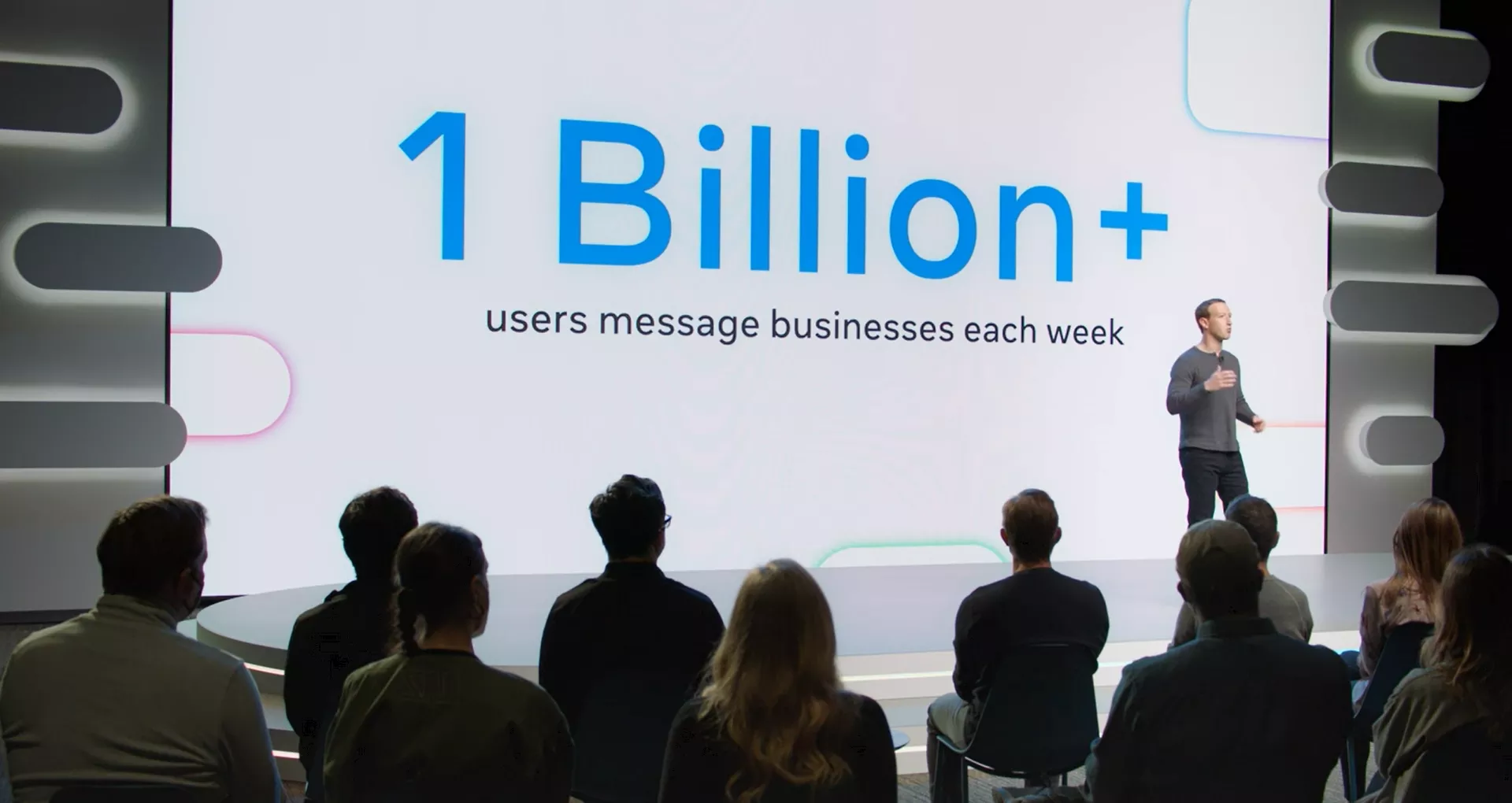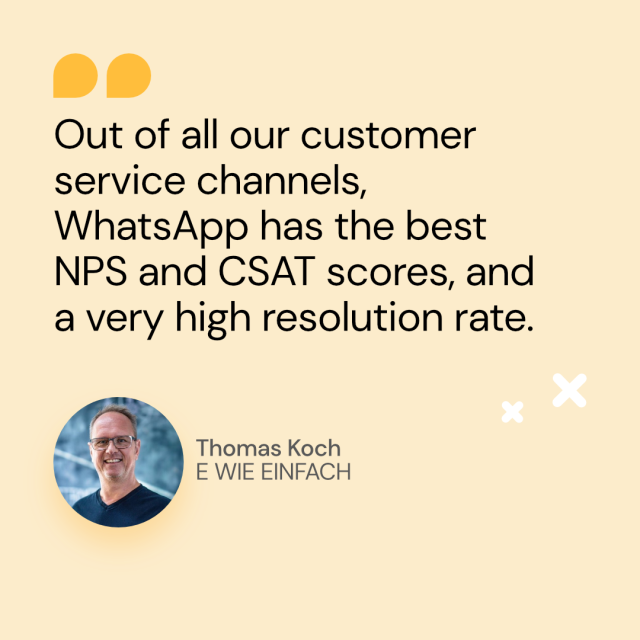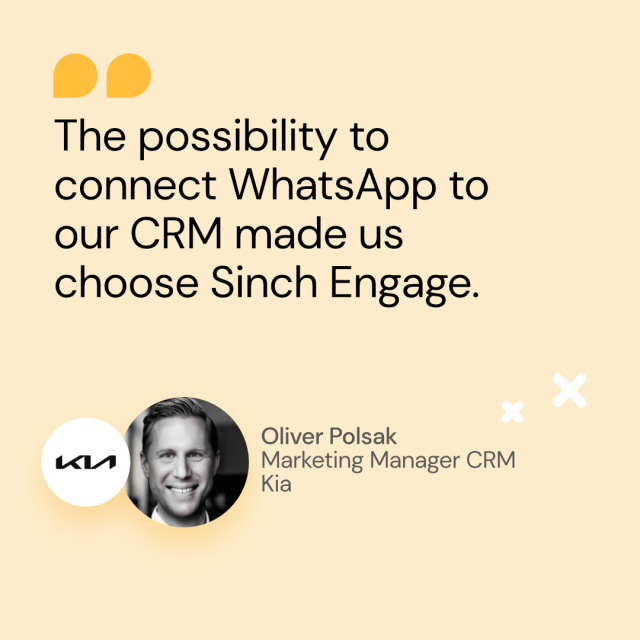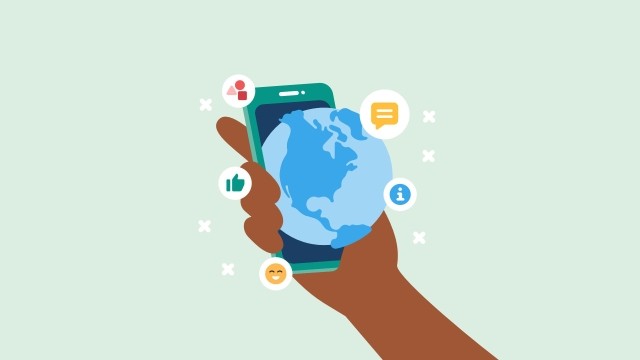Customer service software, helpdesk software, customer support software, customer care software... The list of terms could go on and on. But no matter what you call it: these are all terms for a software solution that is designed to provide the best possible support for your customer service and make it more efficient. Below, we explain exactly how this works.
What is a customer service software?
A customer care software is a software for customer service, in other words, a "digital toolbox for customer support". It supports the company in collecting, organizing, answering, and ultimately, managing customer requests via messenger apps such as WhatsApp, Telegram or iMessage, telephone or email.
A support software also helps companies to manage internal knowledge databases that provide customer service employees with all the necessary information to address a customer complaint, for example. A customer service software is integrated into the company databases and because of this is often connected to the knowledge management software.
With this, the customer service team can process and resolve customer requests efficiently. There are hundreds of different customer support software programs to choose from worldwide, which differ in terms of scale, platform type, compatibility, industry use and features.
Advantages of a customer support software
The biggest advantage of a customer service software is that all customer communication comes together in one place. Whether it's customer requests, customer concerns or suggestions, everything is automatically sorted, categorized, scheduled and managed. Other benefits of support software include:
- You track all customer requests transparently.
- Inquiries are managed in a centralized way so that no information is lost.
- A good support software allows you to track and analyze customer service work and results.
- Save time and respond more quickly to your customers.
- Depending on the software, you can offer 24-hour support with automation.
- Customer requests can be prioritized so that your team can work more efficiently.
Why does your company need a customer service software?
What do Amazon, Airbnb and Apple have in common? They're some of the most successful corporations in the world. And this is largely due to the fact that they don't just use the concept of being customer-focused as a buzzword, but actually implement it in all of their processes. Your customers are the most essential part of the company, along with your employees and colleagues, after all.
The right tools, like a customer service software, enable your team to focus on your clients, and make sure they're happy. With the right support software, companies can therefore establish and strengthen two key aspects of customer relationships: trust and communication!
On which channels should you use a helpdesk software?
Ideally, your customer service software should serve all important communication channels and touchpoints that customers can use to get in touch with your company. That way, your customer communication is more effective and centralized.
This approach ultimately reinforces a more modern and timely customer experience. It's pivotal that you also offer a mobile contact option for customers on the go.
This usually includes e-mail, phone and possibly live chat, but also consider a messaging app like WhatsApp or iMessage. Why? Because these are actually the conversational channels your customers use the most!
It might be WhatsApp in India, the Facebook Messenger in Australia, and iMessage in the US, but instant messaging platforms have become the go-to communication channels around the world. So, if you want to make it easy and convenient for customers to reach you, this could be a great option.
Messaging apps a must-have in modern customer service
Let's take a closer look at the advantages of offering messaging apps as a contact channel for customers.
First, customers want mobile, convenient, simple and personal support and that's exactly what messenger apps offer. In fact, customers actively reach out to businesses on messaging apps. Every day, 175 million consumers contact a business on WhatsApp alone, and if you look at all Meta apps, the number goes up to one billion per week. And that number still doesn't include all the messaging apps people use globally!

From the customer's perspective, this really is the best user experience because I don't have to stay glued to my device like in a live chat, or sort through lengthy e-mail threads on a smartphone.
Let's say a customer contacts your company for the first time on WhatsApp with a product question. You can answer them directly in the chat, they can then place the order directly in the chat as well, and then your order confirmation can also be sent in the very same chat.
That makes it really easy for both sides to keep track of the information. And this goes beyond the first exchange.
Now, let's assume there's an issue with the delivered product. In that case, it's also really easy for the customer to send a message in the same WhatsApp chat. Your customer service agent can check the history quickly as well, and make a fast decision on how to help.
This is not only convenient for the customers, but it also saves the customer care team a lot of time.
Not surprisingly, companies that start offering messaging channels for customer service, quickly realize that they become the most successful ones.

One significant factor here is, of course, that messaging apps can be easily combined with chatbots, which means you can often help customers within seconds.
Of course, this only works, if your messaging customer care is not run on your team's private cell phones, and you have a tool that lets you integrate bots and CRM systems!
The best support software solution
For companies that want to integrate messengers into their customer service easily (and, of course, always in compliance with local data regulations), there are software solutions that offer exactly that.
Sinch Engage, for example, is a messenger platform for WhatsApp, Facebook Messenger, Apple Messages for Business, Instagram Direct Messenger, Live Chat, Viber, and more that allows you to include messaging apps into your customer care system effortlessly.
Even if you want to offer multiple messaging apps as a contact option, with Sinch Engage everything runs through a centralized inbox where your team can easily manage all incoming messages, no matter where they came from.
All of this is also desktop-based and ensures data compliance, even in the markets with the strictest regulations.
Other benefits:
- The Sinch Engage dashboard is neatly organized and intuitive to use.
- Customer service employees (agents) can immediately identify the status of customer requests.
- Tickets can be distributed to employees either via drag and drop or automatically.
- By using ready-made answers (chat modules) for recurring customer inquiries, they can be processed much more effectively by customer service employees.
- The free chatbot builder enables the quick implementation of simple and efficient chatbots for first-level customer service without the need for programming knowledge.
- Multimedia content such as images, animated GIFs, videos, audio files, and more can be used.








